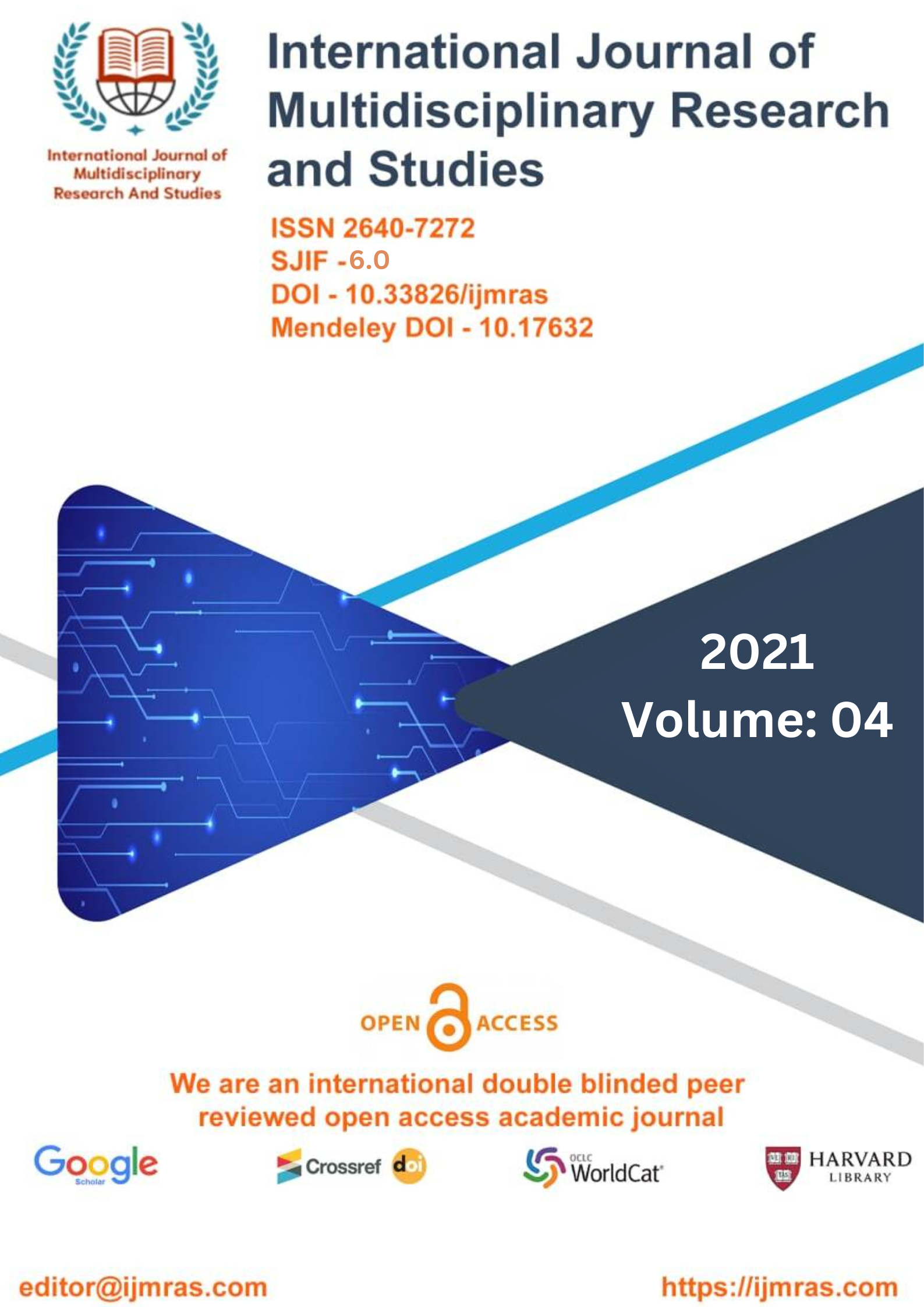RESOURCE SHARING IN RAJASTHAN GOVERNMENT ENGINEERING INSTITUTION LIBRARIES DESIGNING A COMPREHENSIVE MODAL

Abstract
It is common knowledge that libraries are the pillars of support for every given institution or organization to which they are connected. They are obligated to furnish their consumers with timely information that is pertinent to their needs. The information and communication technology of today has an effect on many facets of human life. The use of information and communication technology, abbreviated as ICT, is becoming increasingly widespread across all types of libraries (Dhimna, 2001; Dhiman, 2003). As a result, the function of information professionals has shifted toward an emphasis on the comprehension and effective utilization of technology resources in order to satisfy the growing demand on information that the society exhibits. This calls for an accurate understanding of the influence that technology has had on the notion of libraries and the services they provide (Shrivastava, 2007). Because of the massive amounts of publications and interdisciplinary researches that are being enuraged at the level of higher education, the information needs of the users of libraries — whether they are academic colleges or the engineering colleges — have also become complex and problematic. This is the case regardless of whether the colleges in question are academic or engineering. The academic staff and students at these institutions deserve nothing less than the maximum satisfaction, which is why the librarians who work in these institutions need to devote their full attention to the task of acquiring relevant and necessary literature in these fields. In this precarious circumstance, librarians should have a crystal clear understanding of both the information-seeking behaviour of their users as well as the information-seeking needs of their users. This will allow the libraries to not only meet the information-seeking needs of their users but also improve the services that are already provided.
Keywords
communication, humanHow to Cite
References
Adeyemi, A. (2004). Research and Teaching: Beyond the Divide. London: Palgrave.
Agarwal, J. N. (1954). Libraries in Ancient India. Indian Librarian 8.4: 141.
Ali, Muzaffar. (1967). Indian University Library Development. Progress of Libraries in Free India. Ed. N. B. Sen. New Delhi: New Book Society of India,182.
Asghar, Mahe B., Farzana Sahfique .(2012). Service evaluation in special libraries of Bahawalpur: A comparative study of GCT, QMC and UCET. Library Philosophy and Practice (e-journal). Libraries at University of Nebraska - Linkoln. http://digitalcommons.unl.edu/ libphilprac.
Ayo, C.K. (2001). Information Technology: Trends and Application in Science and Business. Lagos: Concept Publications
Bley, R. (2008) Library systems in the electronic era. Learned Publishing, 21, 176–186.
Calogero, Guccio, Anna, Mignosa, Ilde, Rizzo. (2018). Are public state libraries efficient? An empirical assessment using network Data EnvelopmentAnalysis, Socio-Economic Planning Sciences, Available online 11 January, https://doi.org/10.1016/j.seps.2018.01.001
Indian Ministry of Education .(1949). Report of the University Education Commission 1948-49. Delhi: Manager of Publication, p.113.
Joyce V. Garczynski, (2018). How Can Libraries Acquire and Cultivate Donors Using Social Media?, Chapter 4, in Fundraising, How to Raise Money for your Library Using Social Media, 43–57
Kasprowski, R. (2006), Recent developments in electronic resource management in libraries. Bul. Am. Soc. Info. Sci. Tech., 32, 27–29.
Keay, F. E. (1918). Ancient Indian Education: An idea. London; Oxford University Press. 119
Khurshid, Anis. (1969). Standards for Library Education in Burma, Ceylon, Indian and Pakistan, University of Pittsburg. 161.
Kim, Y. M. (2010), The adoption of university library Web site resources: A multigroup analysis. J. Am. Soc. Inf. Sci., 61, 978–993.
Kopf, David. (1969). British Orientalism and the Bengal Renaissance: The dynamics of Indian Modernization, California Press. 233.
La Fata, C. M. and Lupo, T. (2017), A combined fuzzy-SEM evaluation approach to identify the key drivers of the academic library service quality in the digital technology era: An empirical study. Journal of the Association for Information Science and Technology, 68(1), 2425–2438.
Liew, Foo & Chennupati (2001). Towards a new generation of information environment for the use of e-documents. Journal of Information Science, 27(5), 327-342.
Majumdar, Raychaudhuri, & Datta (K) .(1946). An Advanced History of India. MacMillian Press: London, 871.
License
Copyright (c) 2021 Gopal Krishna Jha

This work is licensed under a Creative Commons Attribution 4.0 International License.
Individual articles are published Open Access under the Creative Commons Licence: CC-BY 4.0.



